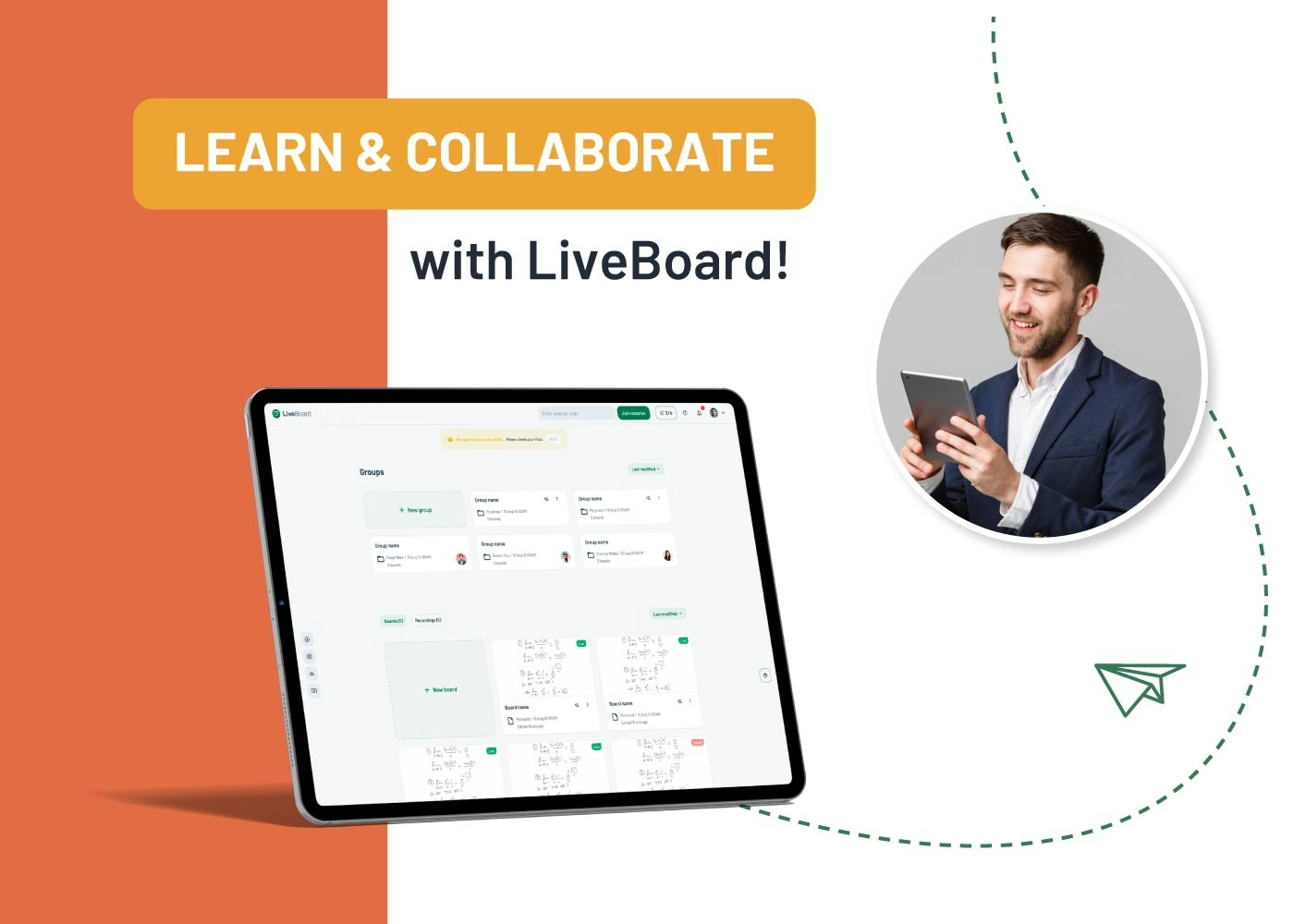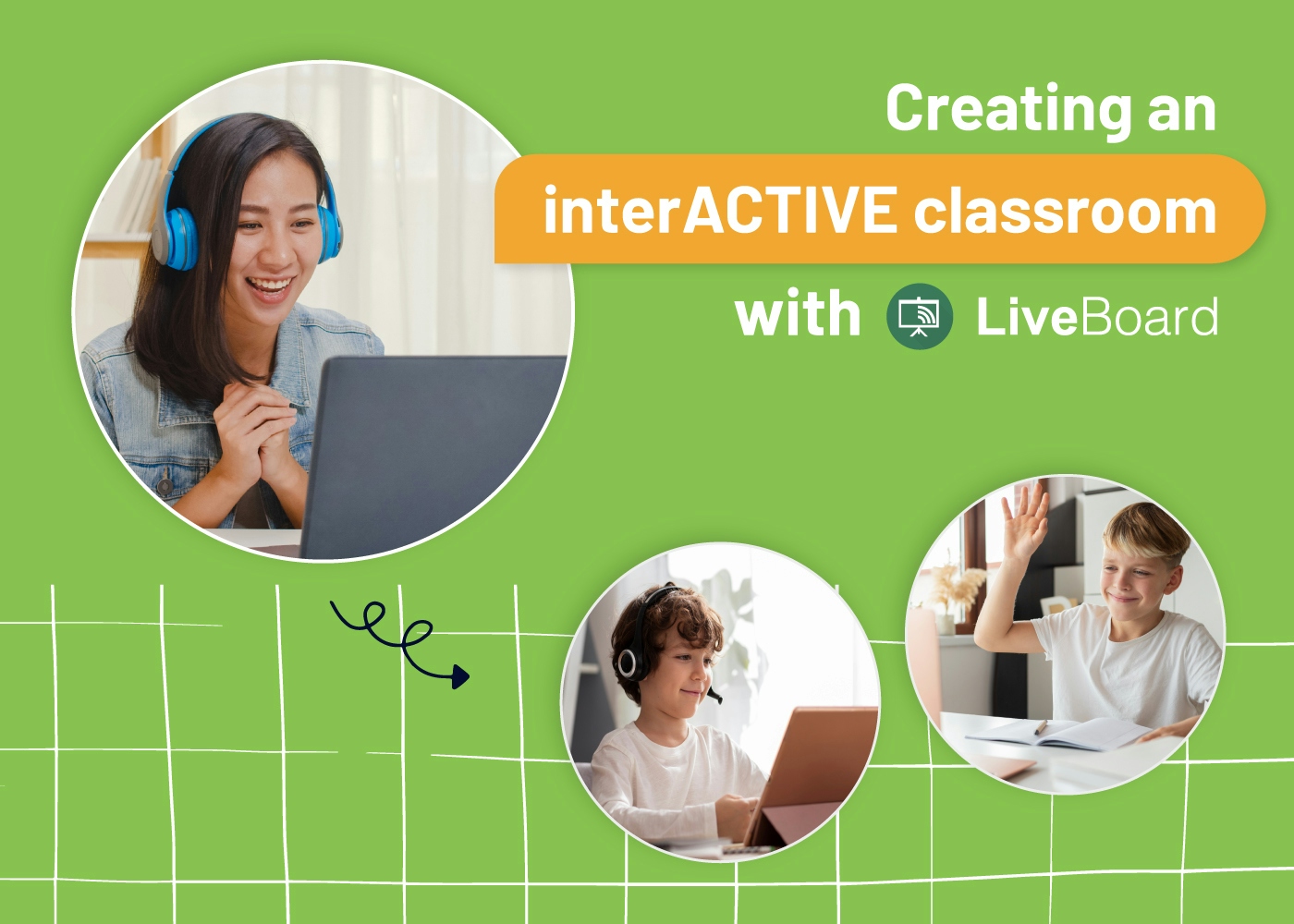In the past, if you were looking for a more personalized and interactive learning experience, you would have to sign up with a one-on-one tutor. However, when remote learning took over the educational industry, small group instruction became more popular. This type of teaching has been around for a while, but remote learning has given it a new life! Small group instruction can involve anywhere from 2 to 6 students and has numerous benefits crucial for a successful learning process.
What Are The Benefits of Small Group Instruction?
Experience suggests that small group instruction produces multiple benefits if planned and implemented diligently.
Collaboration
One of the biggest benefits of small group instruction is that it allows students to collaborate better and work closer together. This is essential because, in the real world, we don’t work alone – collaboration is key! When students are placed in a small group, they learn how to communicate effectively and share ideas with each other. This is no longer the crowded classroom where you can’t discuss the assignment with your friend because everybody else is making noise. This is a peaceful learning environment designed to let you work with your peers.
Immediate Feedback
Another important benefit of small group instruction is the opportunity to receive immediate feedback. You have your instructor’s full attention, which means that whatever question or concern you may have, the teacher can address it right away: no need to wait until everybody asks their questions, and there’s no time pressure.

Immediate feedback is particularly important because it prevents students from developing misconceptions about the material.
Less Crowded Environment
There is less pressure and fewer distractions when you are in a small group. You can focus on the task and not worry about the person next to you or the noise level in the room.
This type of environment is especially beneficial for students who struggle to focus on the material. Small group instruction creates a calm, noiseless and learning-friendly environment that encourages students to concentrate their full attention on the task.
Personalized Approach
Last but not least, small group instruction guarantees a personalized approach from the instructor. The teacher can adapt the material to the needs of each individual student and make sure that everybody grasps the concepts.
Any complication or struggle a student faces becomes the teacher’s top priority. Small group instruction is the place to understand, evaluate, and work on learning challenges and misconceptions.
How To Organize Small Group Instruction
With all the above-listed benefits in mind, you may be wondering about the strategies to organize a small group instruction effectively. Here are some tips for developing a successful small group instruction.
Plan Each Session Ahead
Before starting a small group instruction, a good teacher should have a clear and detailed plan in hand. The plan should include lesson objectives, to-dos, Q&As, small breaks, and other subject-specific details. The instructor must have a deep understanding and knowledge of the topic they are teaching. Besides, a high level of confidence should be a part of the teaching strategy to inspire students.

With a plan you can stay focused on the lesson’s goals and ensure each student understands the material.
Organize Interactive Sessions
Whether your small group instruction takes place online or in person, the more interactive you make it the better results your students will demonstrate.
Check out LiveBoard – a multifunctional online whiteboard that will engage your students in the session and take the learning process to a new level.
LiveBoard enhances students’ understanding of the material by enabling instructors to create expressive visuals, record lessons, and export them in different formats. Furthermore, LiveBoard allows real-time participation tracking, which is an effective way of ensuring students are paying full attention.
The plan that best fits the needs of a small instruction group is LiveBoard Pro, as its functionalities (unlimited boards, recordings, Zoom integration, PDF export and an individual Tutor profile) are set for unlimited students per board.
Start a free 14-day Pro LiveBoard trial now!
Address The Pain Points of Your Students
Why do students sign up for small group instruction? If you thought “to better grasp the topics they are struggling with”, you guessed right. Identifying students’ pain points should be your priority as an instructor. These are the areas around which you should build the entire session.
You could assign a short quiz to all your students during the first session to assess their potential accurately. You can divide your students into small groups and organize small group instruction based on the needs of each group.
Homework and Revision
Even the best instructors cannot guarantee effective results if students do not do their job. Applying the learning material practically is the best way to grasp fully, digest, and understand the material. Homework is where this should happen. It does not have to involve lengthy and tedious assignments. A little recap would be enough for a student to recall what they have learned.

Revision should follow every homework assignment, and happen at the beginning of every session. Instructors should start the session with a quick review of what they had learned in the previous class. This would inspire students to participate, recall what they have learned, and warm up before covering the new material.
Conclusion
To summarize, small group instruction allows teachers to focus on each student, assess their learning needs, and address them directly.
The key benefits of small group instruction involve a personalized approach, immediate feedback, collaboration, and an opportunity to study in a less crowded environment.
Among the numerous strategies to organize a successful small group instruction, we discussed planning, using LiveBoard as an engagement tool, assigning homework, and evaluating students’ pain points.


